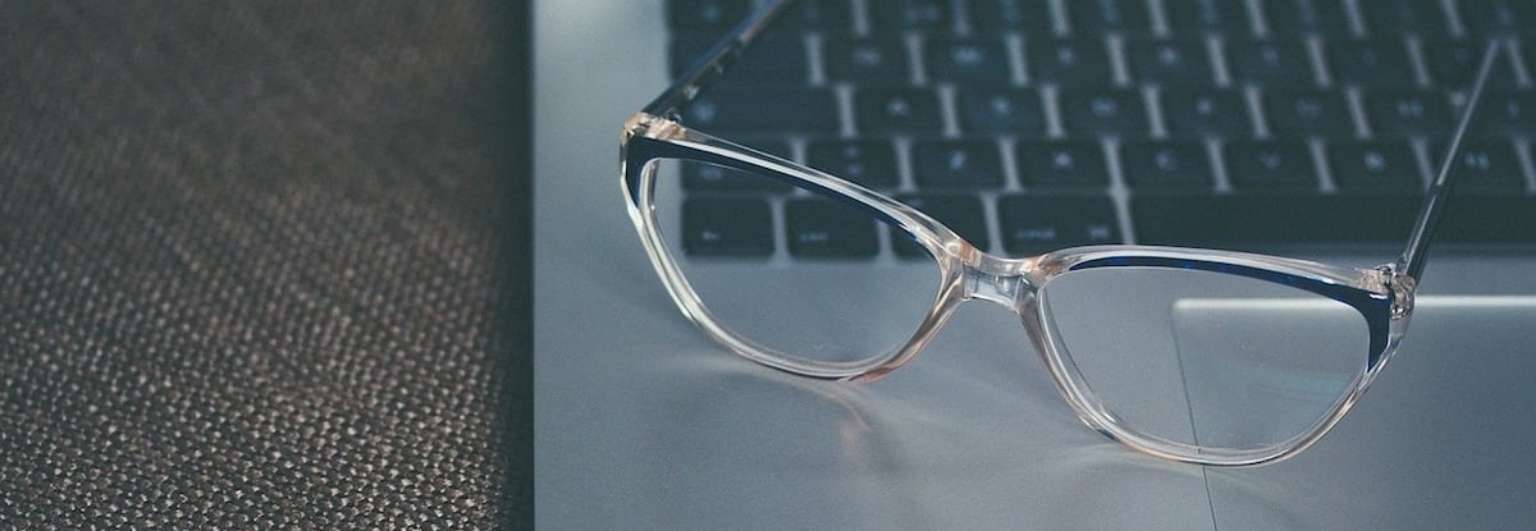
30 Aug 10 Tips To Reduce Eye Strain
Our eyes are precious and treating them well reduces eye strain. Here are 10 things you can do to pamper your peepers so they stay healthy, even when working on computers and mobile devices.
Adjust Lighting
Working on computers can lead to eye strain when you do not dim the lighting in the room. Close blinds and curtains and ensure the ambient light is about half the normal level.
If it isn’t possible to shut out exterior light, remove a few bulbs or fluorescent tubes or switch to full spectrum bulbs. Alternatively, turn off the overhead lights and rely on task lighting at workstations. When possible, position your monitor beside a window – not behind or in front of it.
Cut Glare
Stark white walls reflect light onto your computer screen and strain your eyes. If you can’t change the wall color, install an anti-glare screen to reduce eye risk. Eyeglass wearers can buy lenses with an anti-reflective coating, too.
Take Frequent Breaks
Doctors suggest one of the best ways to protect your eyes from strains is to take frequent breaks. After 20 minutes on the computer, look at something 20 feet away from your screen for at least 20 seconds. This allows your eyes to readjust for distance and gives them a short rest too.
Additionally, NIOSH found 4 – 5 minute daily mini-breaks reduce eye strain, but do not reduce productivity. Once employees return to work, they work more effectively, especially when they stand and stretch to release tension.
Practice Blinking
It’s natural not to blink very often when you’re working on a computer. You’re focused on your work. However, blinking less can lead to dryness and eye irritation.
When you take your break every twenty minutes, also blink slowly 10 times. This helps lubricate your eyes.
Adjust Display
Tweaking the brightness setting on your monitor, tablet, or cellphone can greatly reduce eye strain. Look at the white background of a website page. If it throws off light, turn it down slightly. If it looks grey, turn the brightness up slightly.
Adjust Font Size
Choose a font size that’s easy to read and work with black text on a white page. Experts suggest a font three times larger than the smallest text you can comfortably read on the screen. For instance, if you can read 10 point font, work in at least 14 point.
Adjust Your Workstation
If you read documents and type simultaneously, use a lit copy stand beside your monitor.
Situate your monitor about 20 inches away from your eyes at a slightly downward angle so work does not strain your eyes or neck. Adjust your chair so your feet rest on the floor to avoid back strain too.
Stay Hydrated
When you’re working on a computer, you can forget to drink water frequently. Water hydrates your eyes to help prevent eye strain. Keep a water bottle near you and sip often. The recommended daily intake is 6 – 8 glasses per day.
Avoid Moving Air
Try to situate your workstation so you are not in the direct path of moving air from a heat vent, fan, or air conditioner. Air dries out the eyes and leads to strain.
Limit Time on Mobile
Mobile might be convenient, but the screen is much smaller which strains your eyes. The medical community is also concerned about the blue light that digital devices emit. Some evidence suggests it may affect the retina and lead to further complications. Limit your time on mobile devices to less than two hours daily to minimize risk.
Employers have a responsibility to safeguard their employees’ health and well-being. Gilbert’s Risk Solutions can assess your company’s risks and help you improve workplace safety. We’re local, accessible, and friendly, so contact us to discuss your safety and insurance needs.


No Comments